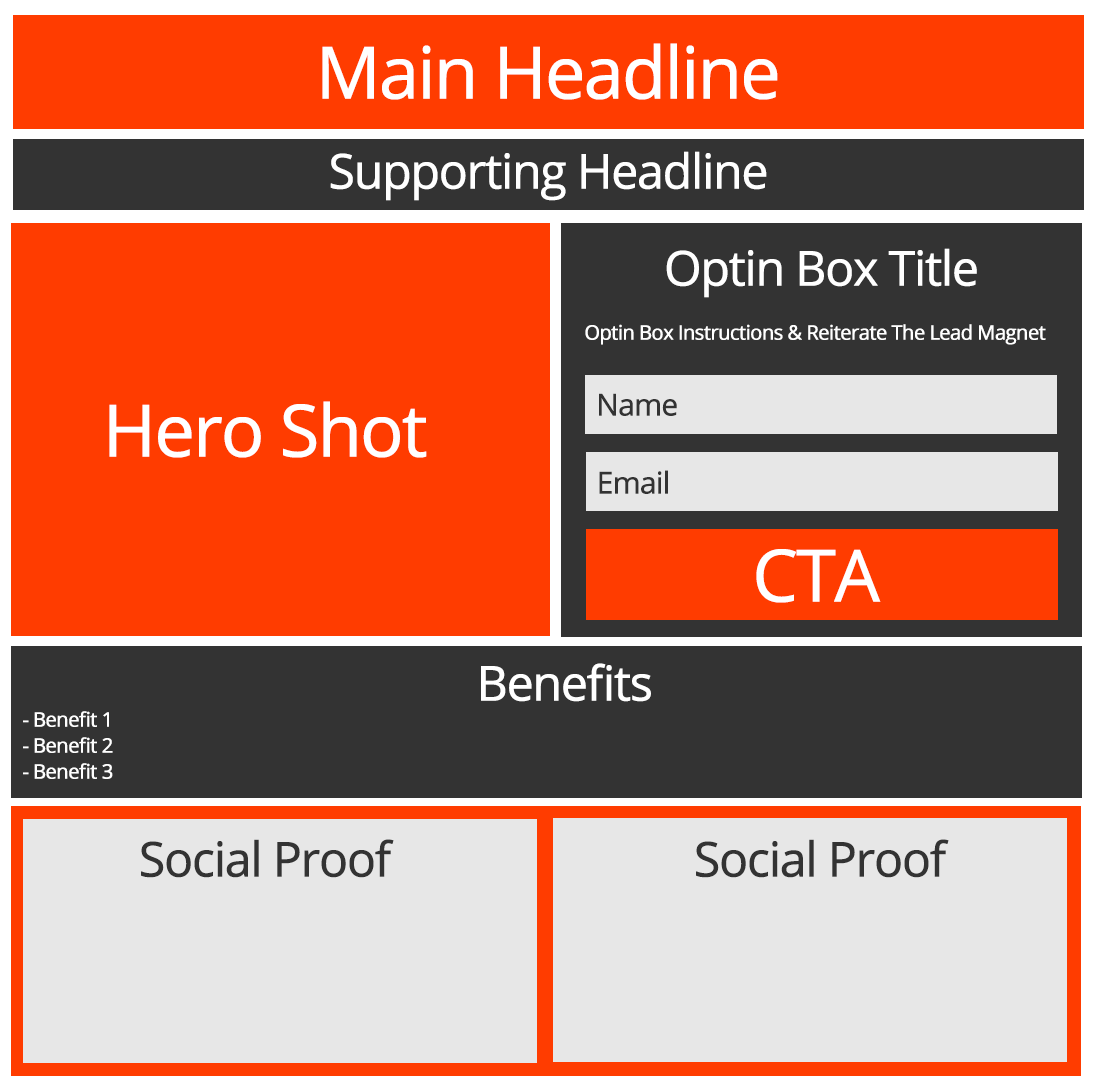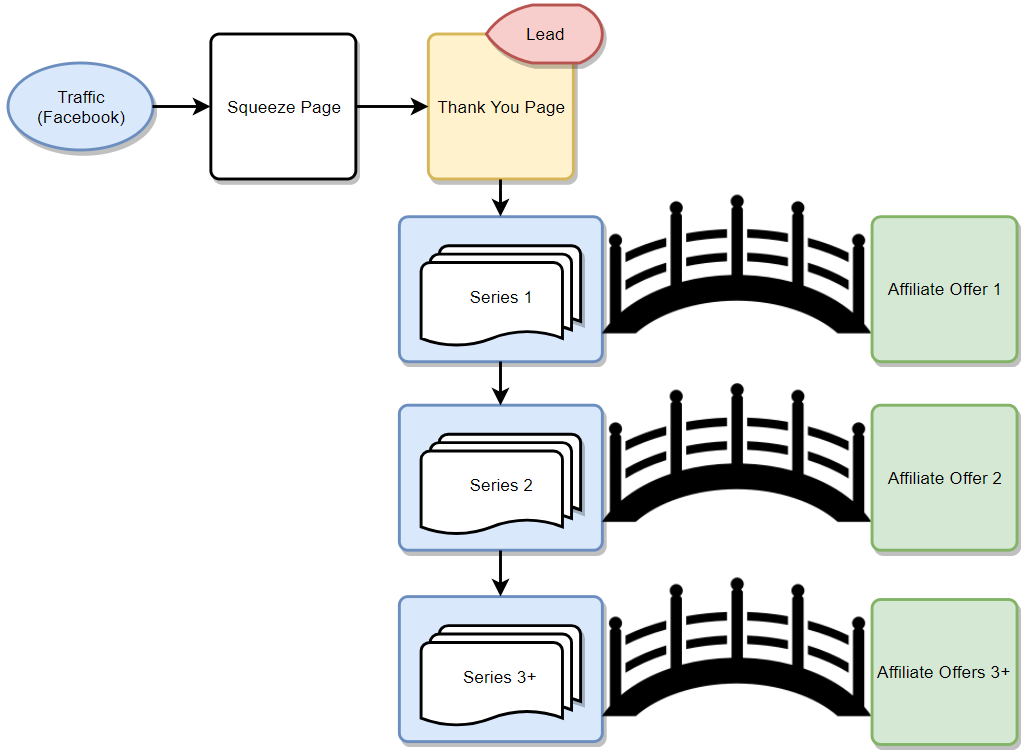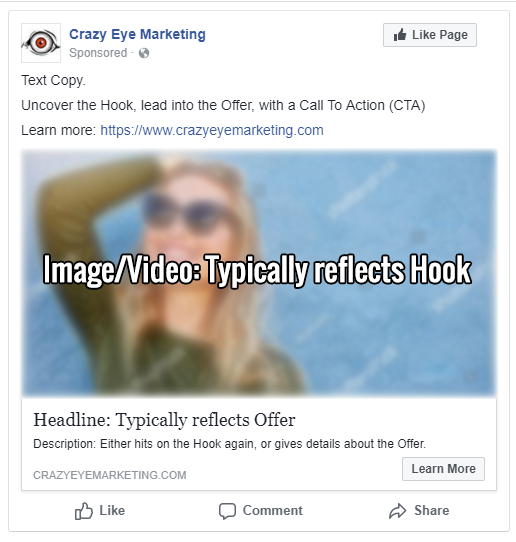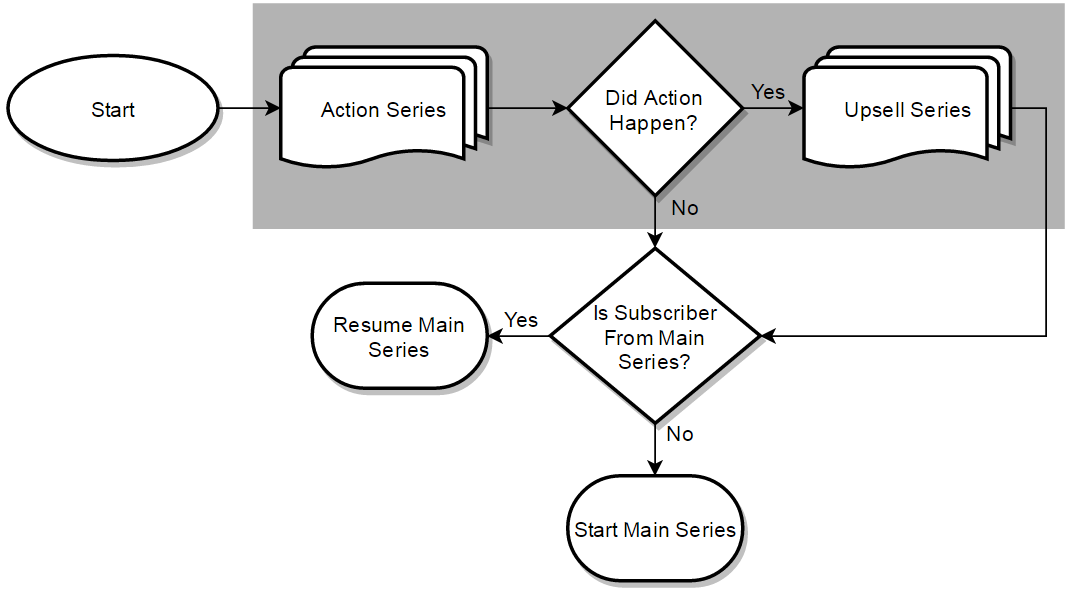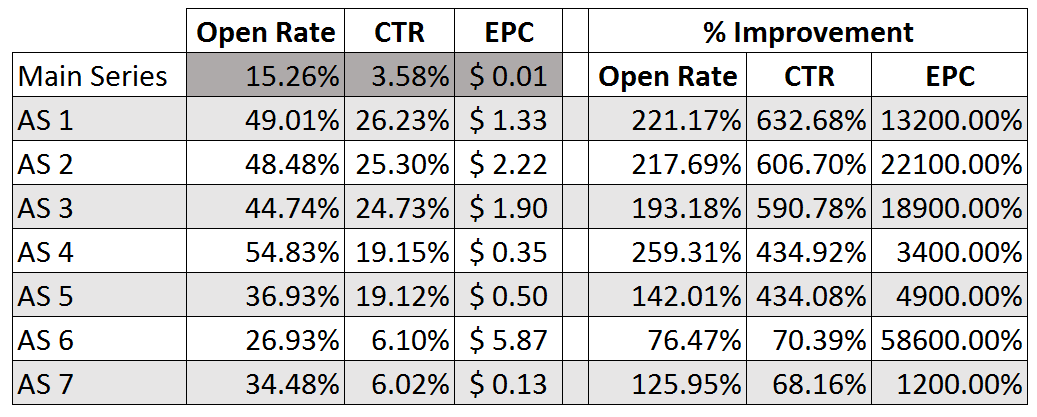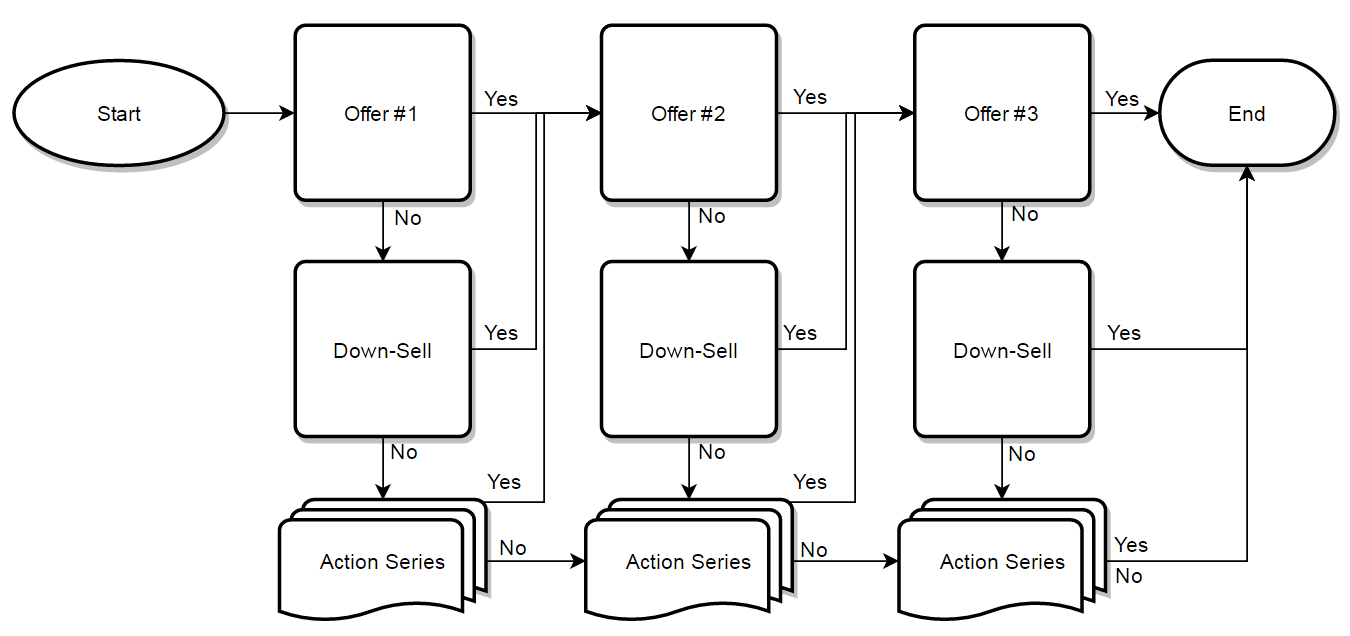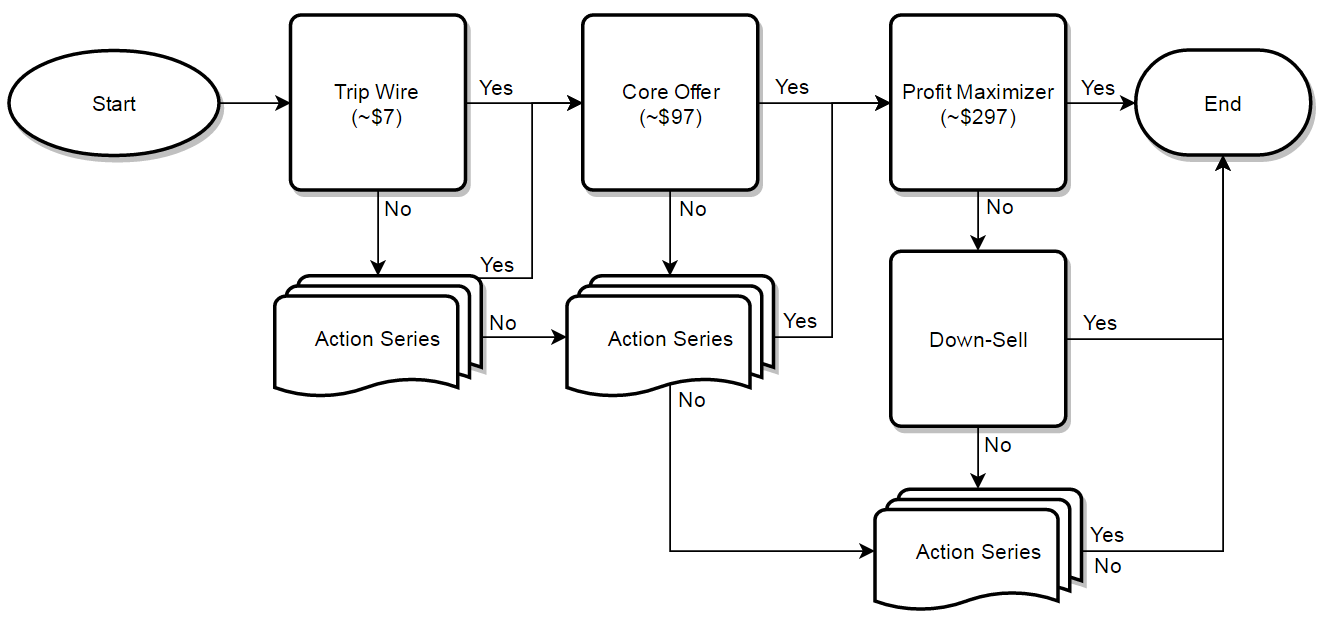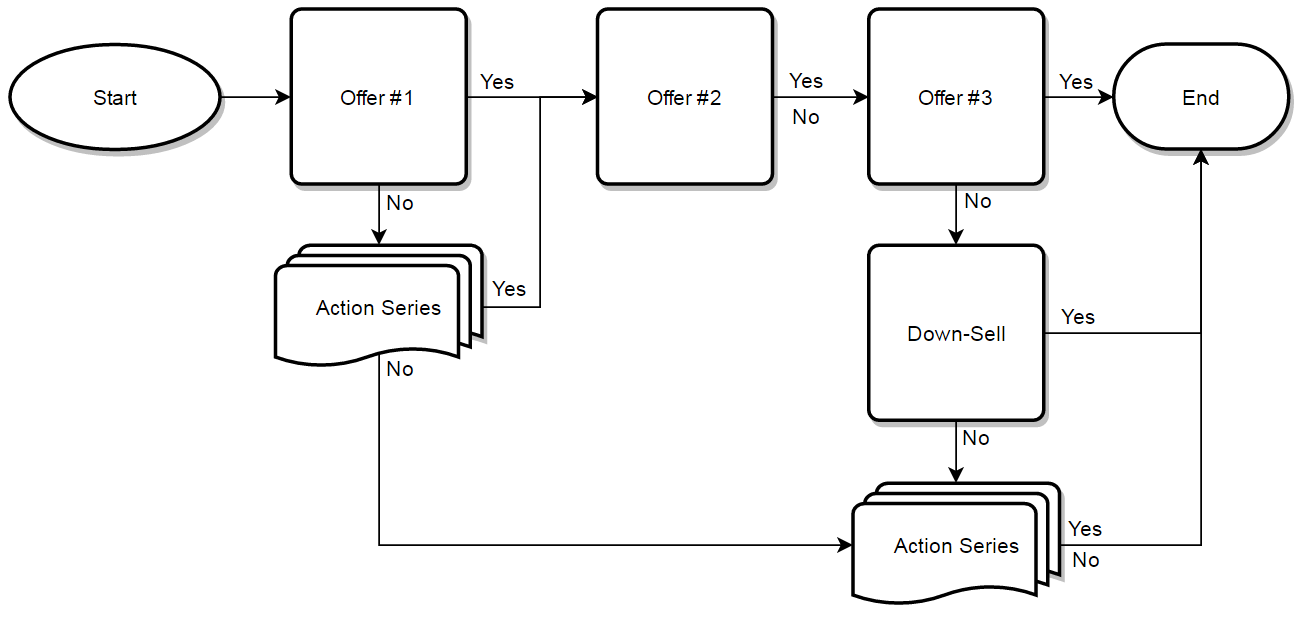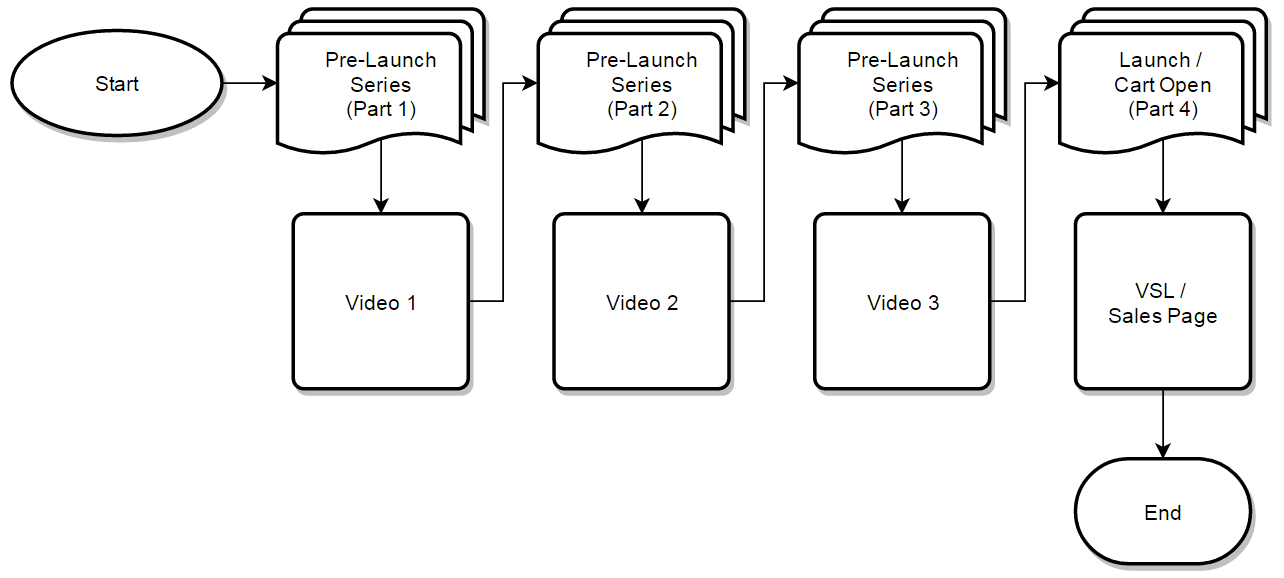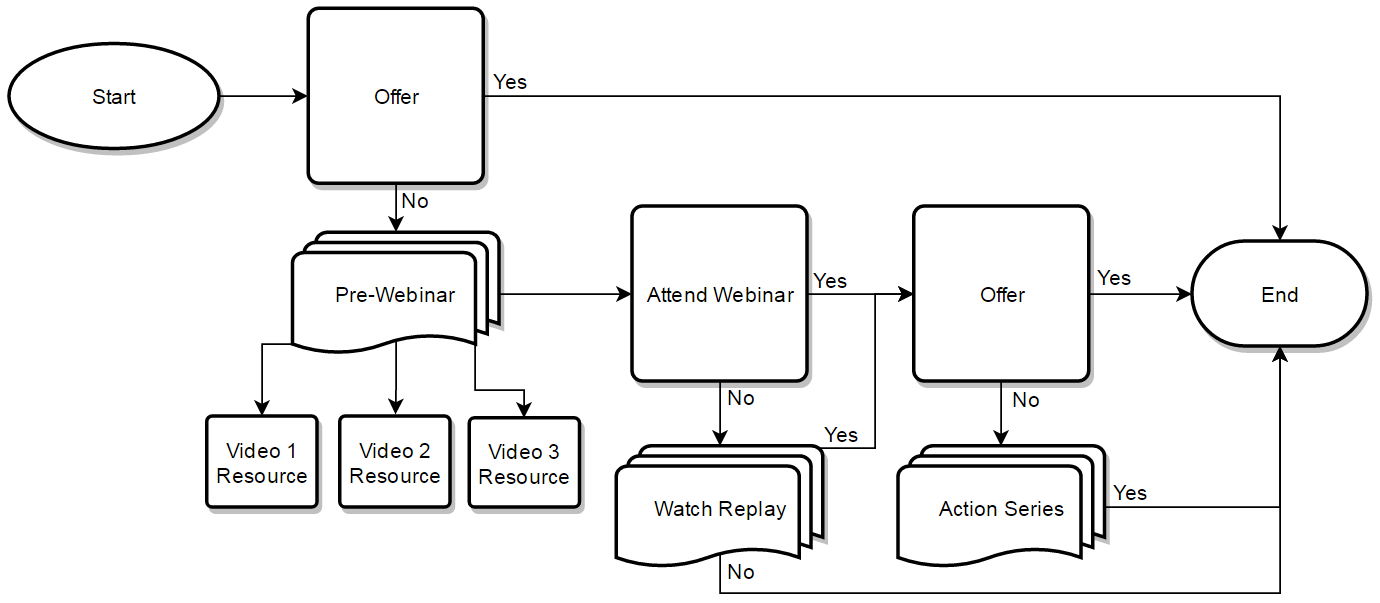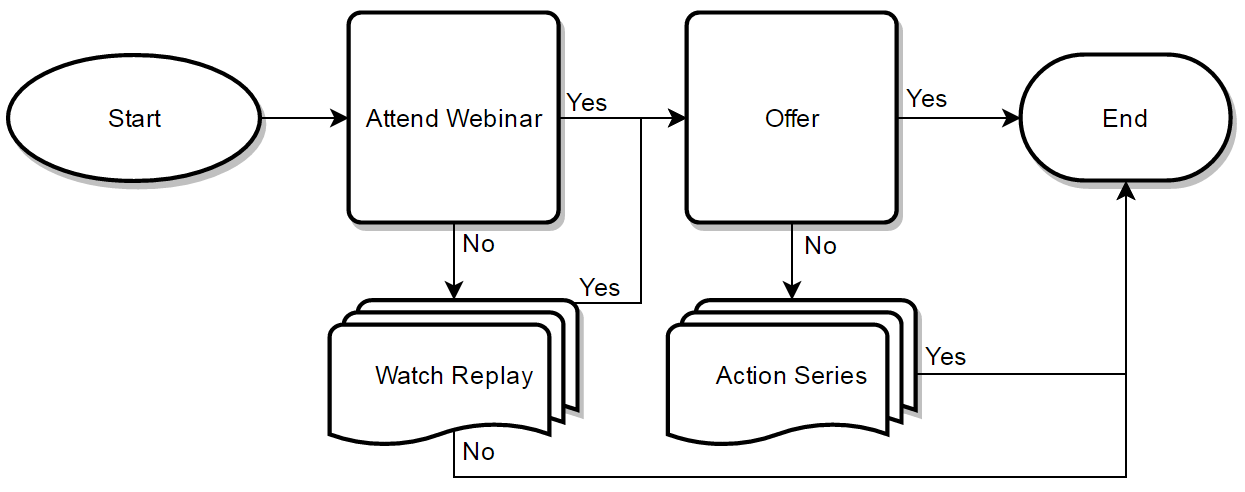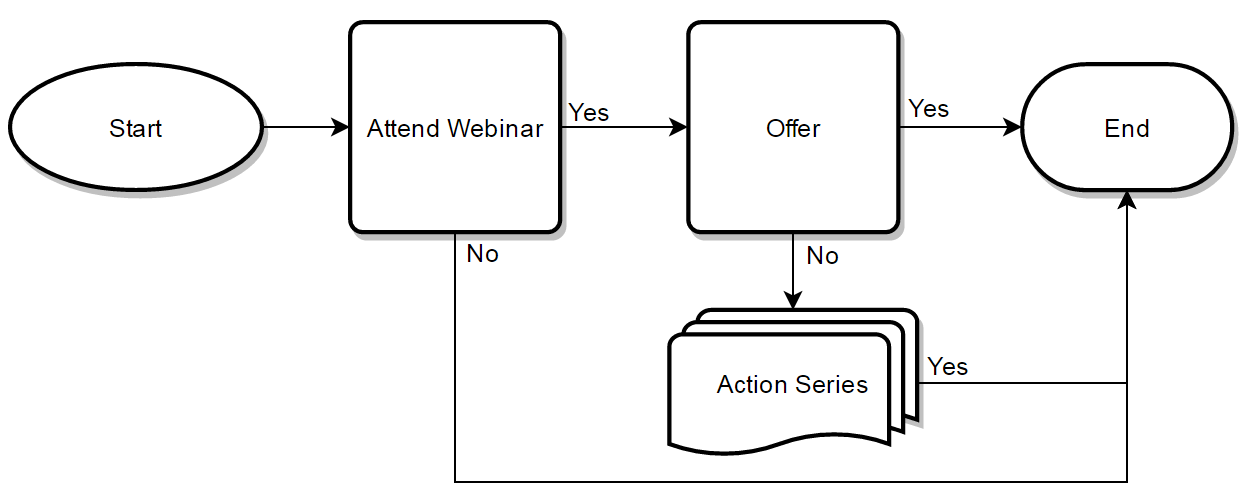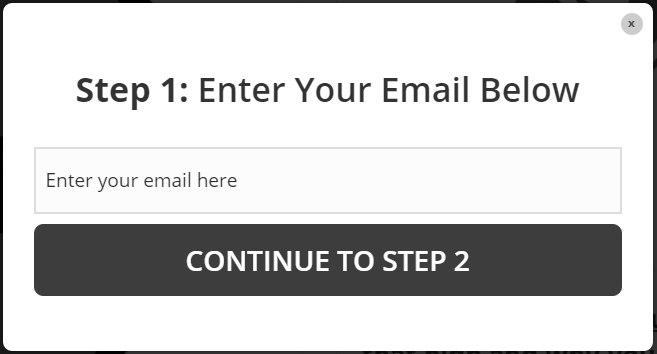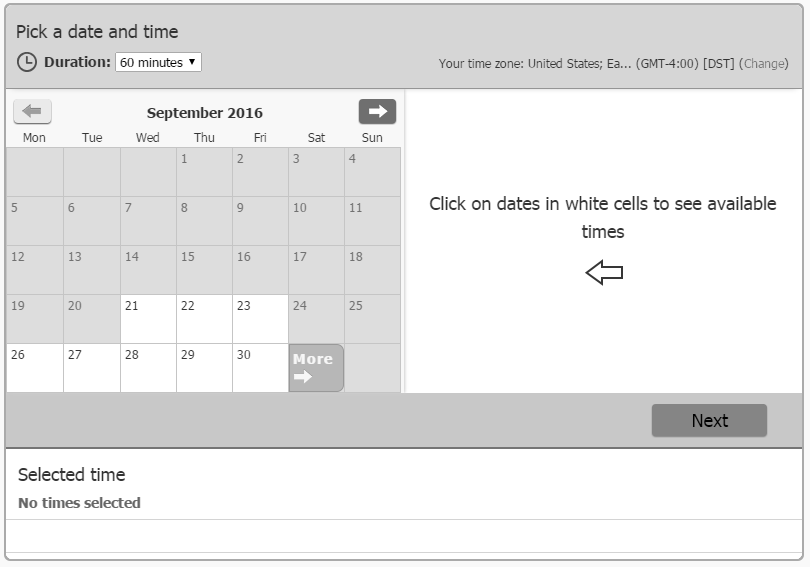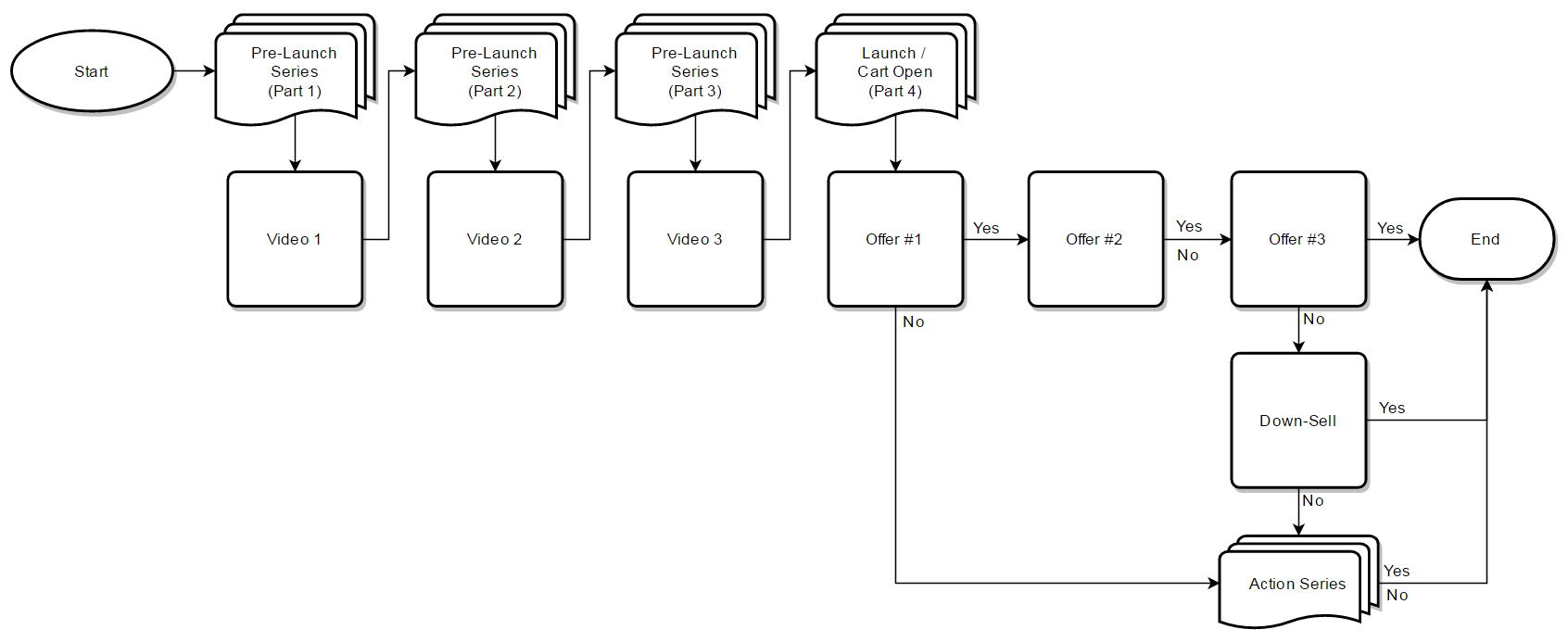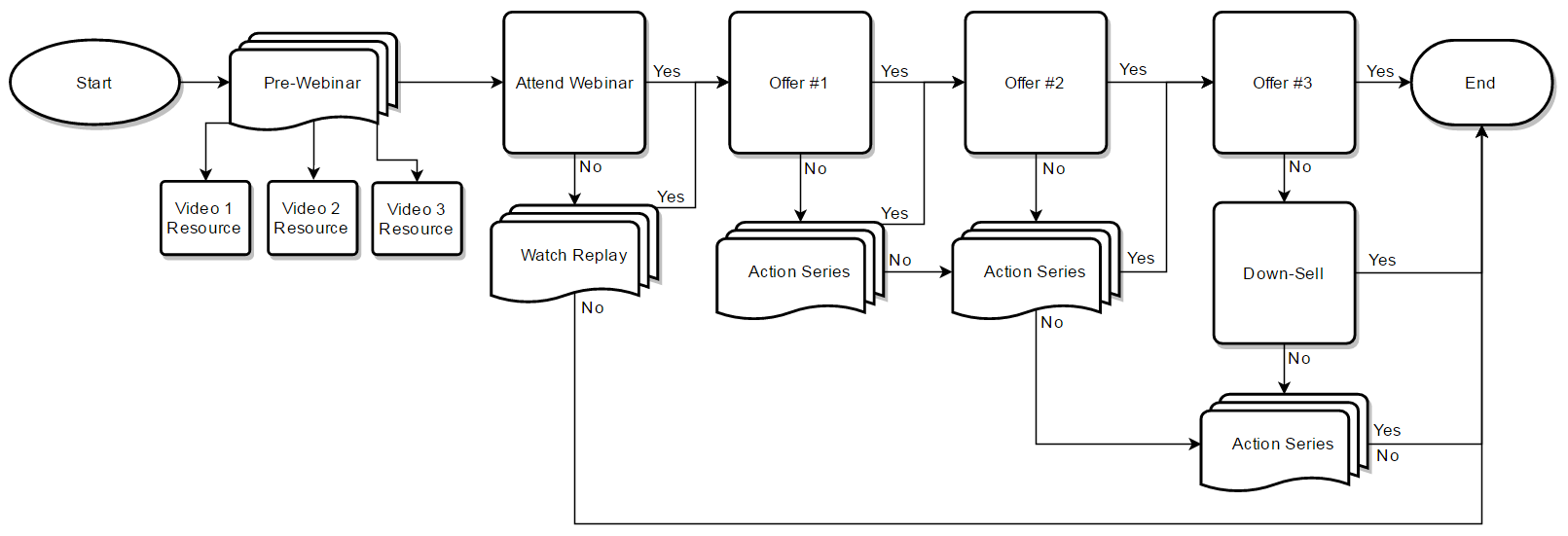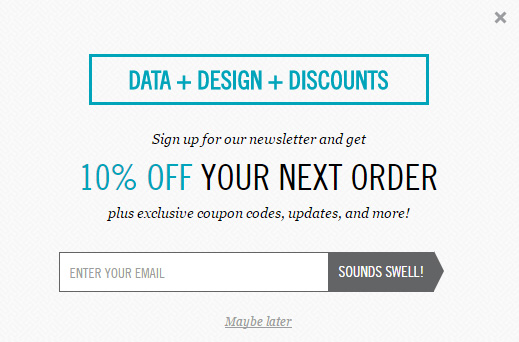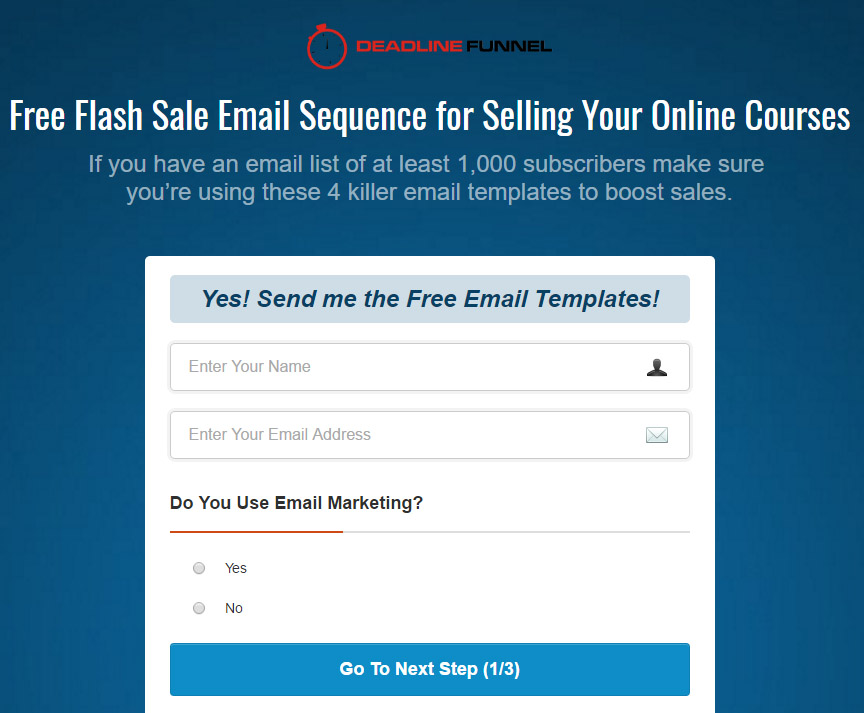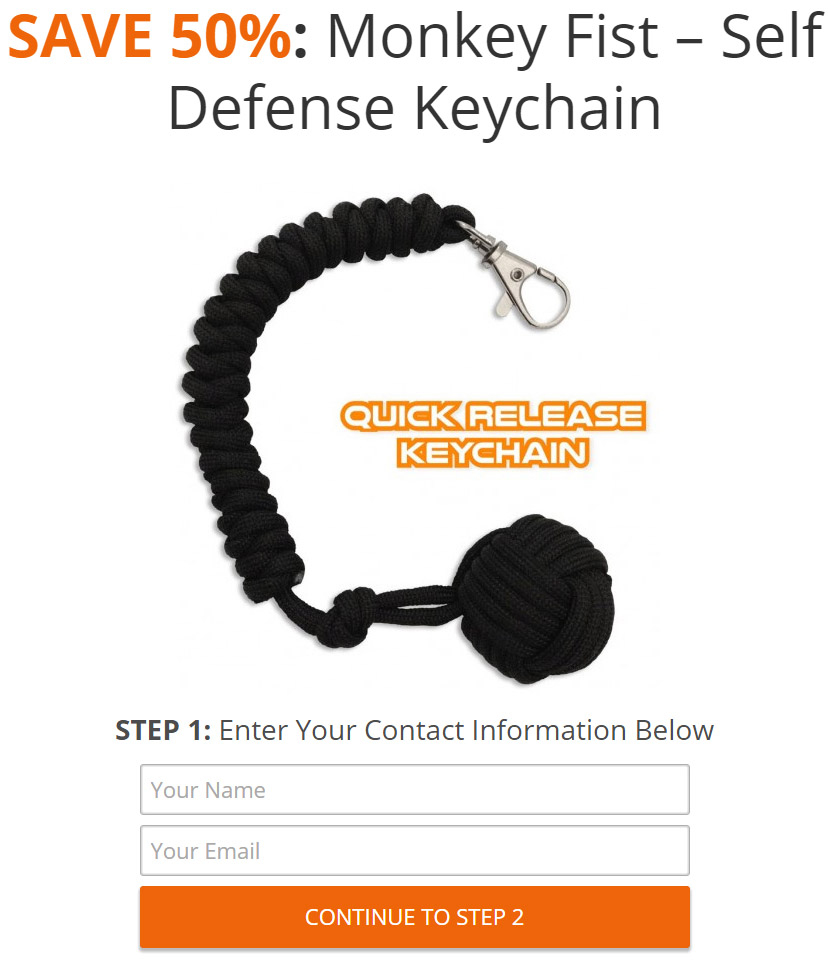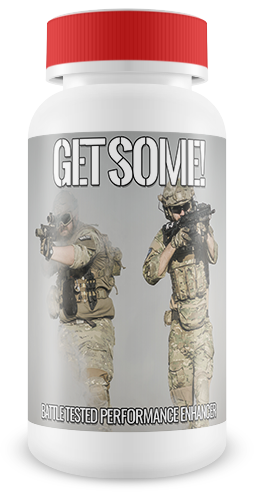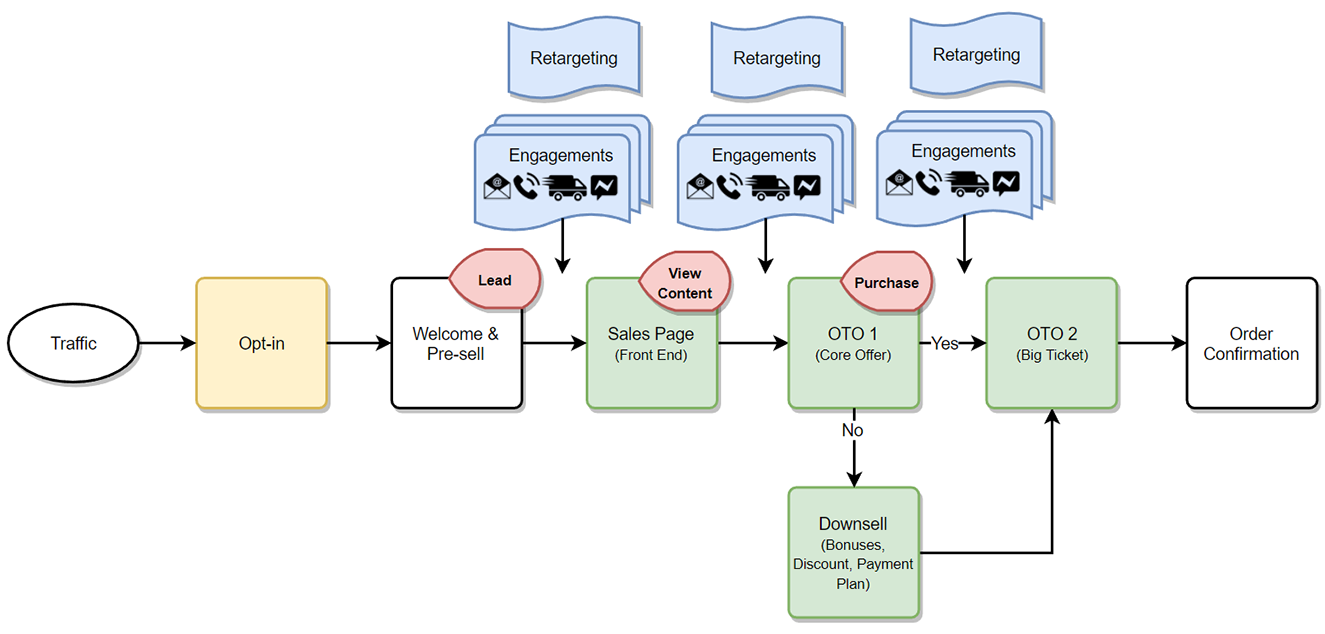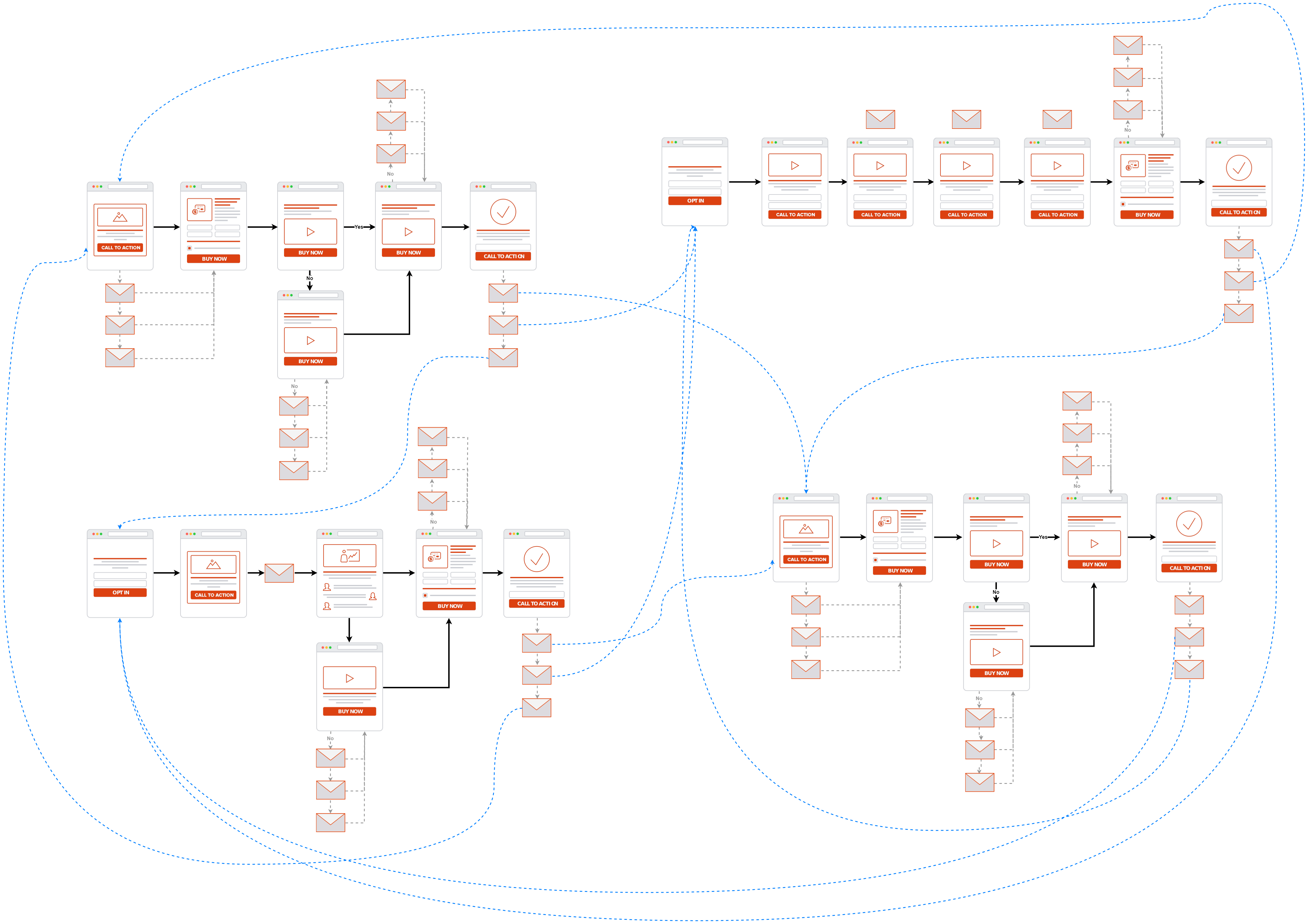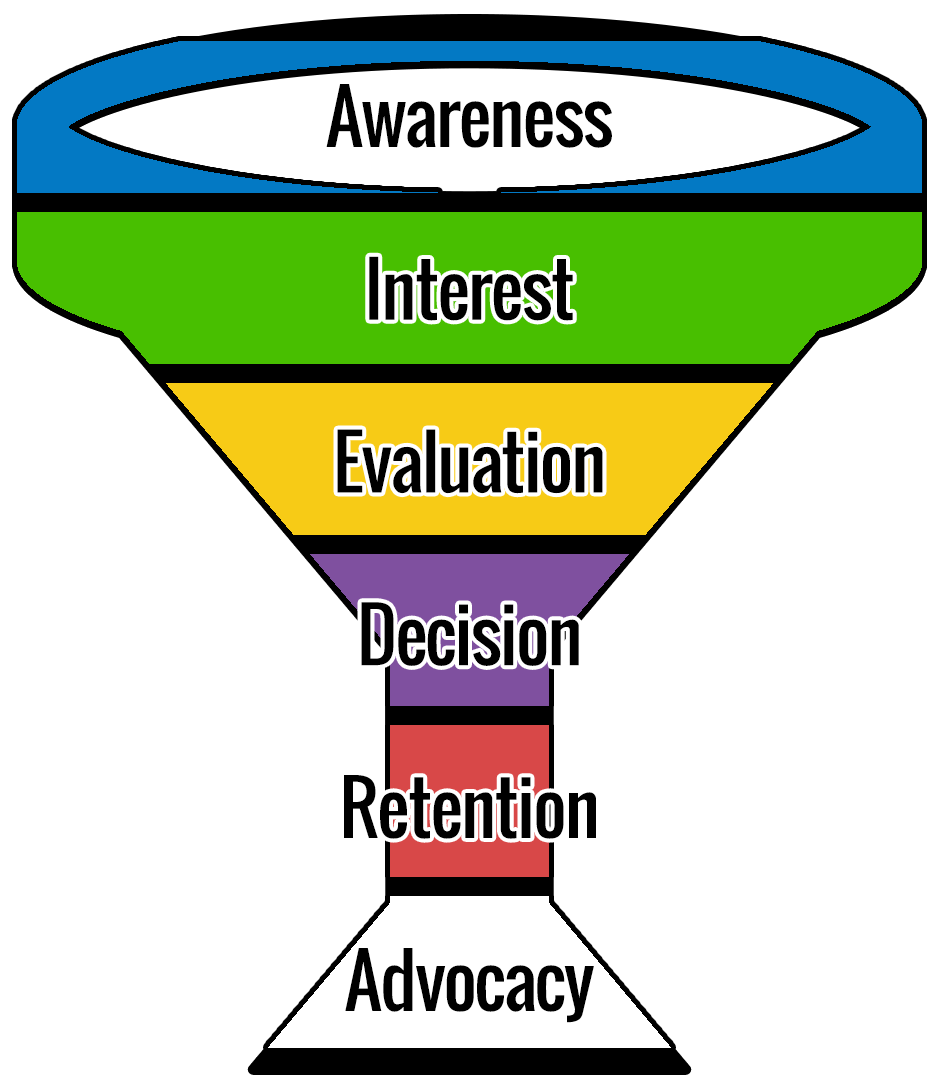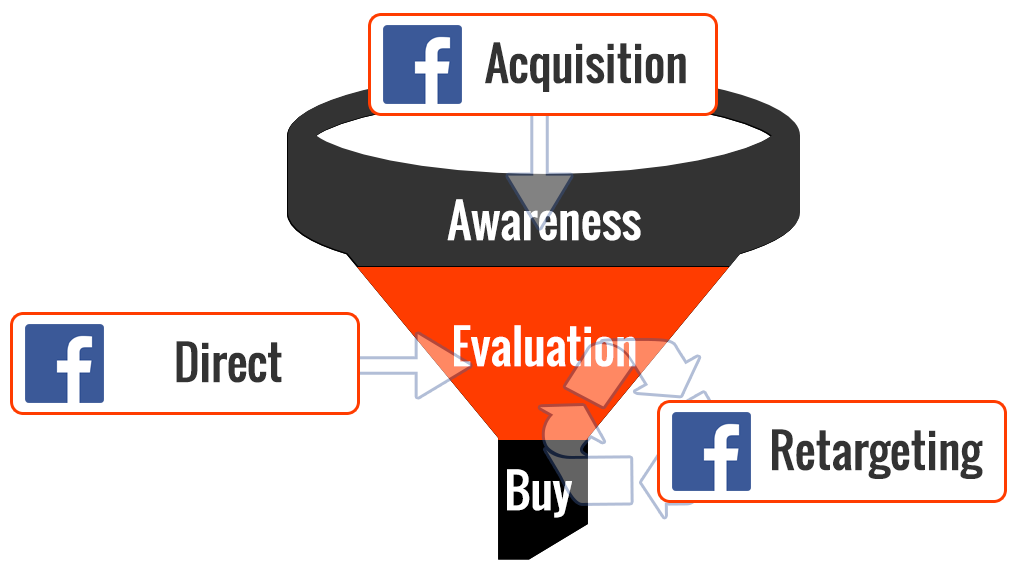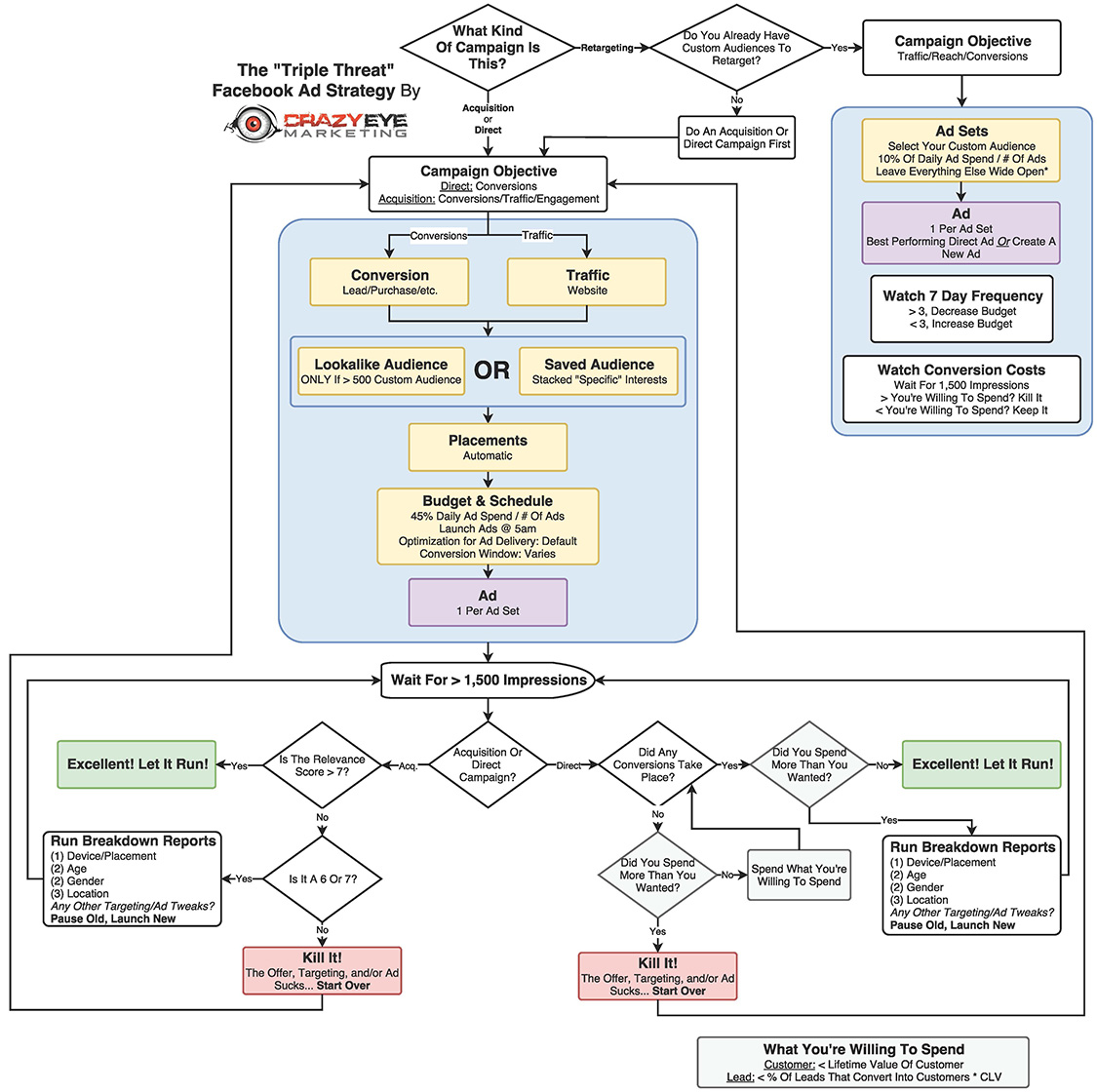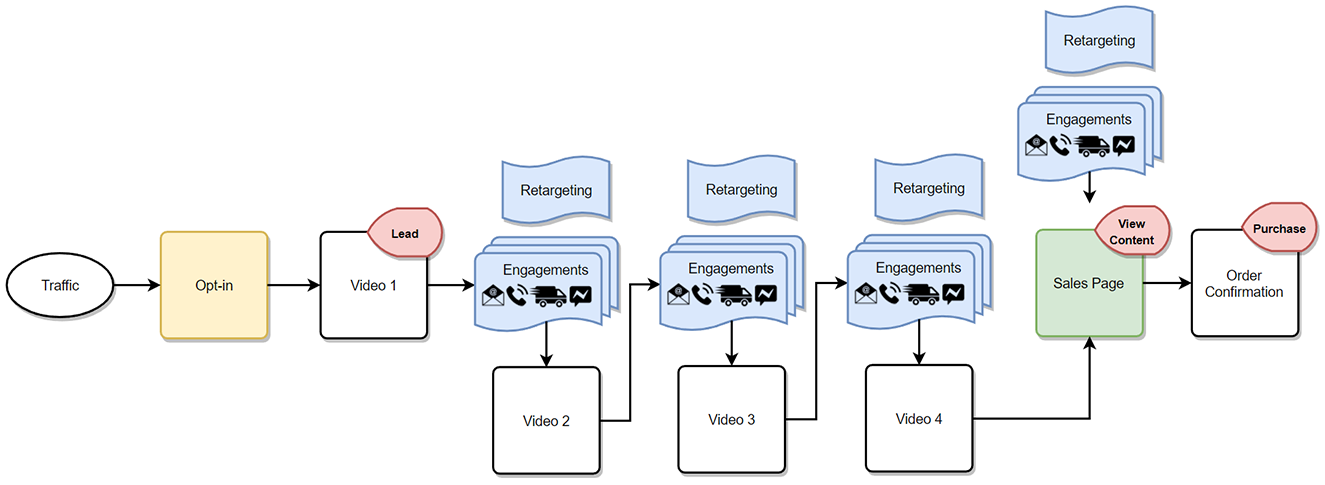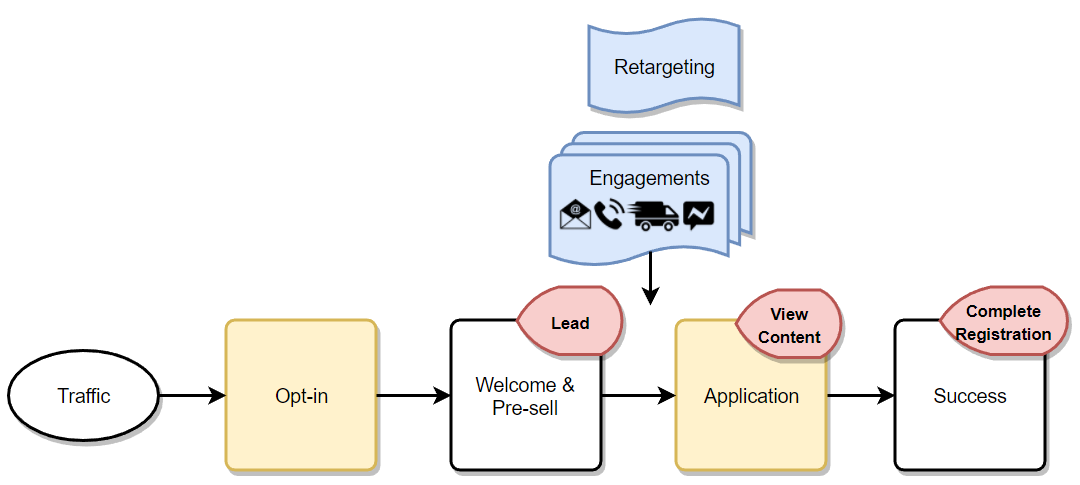How We Transitioned an eBay Store to a Website (and how you can too!)
We recently took on a client that wanted to transition their robust eBay store over to their own website.
While this is not the first eCommerce store we’ve ever built – it is the first one that we transitioned from eBay, so we learned a few things that we’d like to share with you (and for us to refer back to should we receive another job like this!)
Before and After
I’ll start off describing the before and after, and then we’ll get into the details on how we made it happen!
The eBay Store
Below you’ll see a picture of the eBay store our client wanted transferred to her own website – and the eBay store still exist if you want to check it out
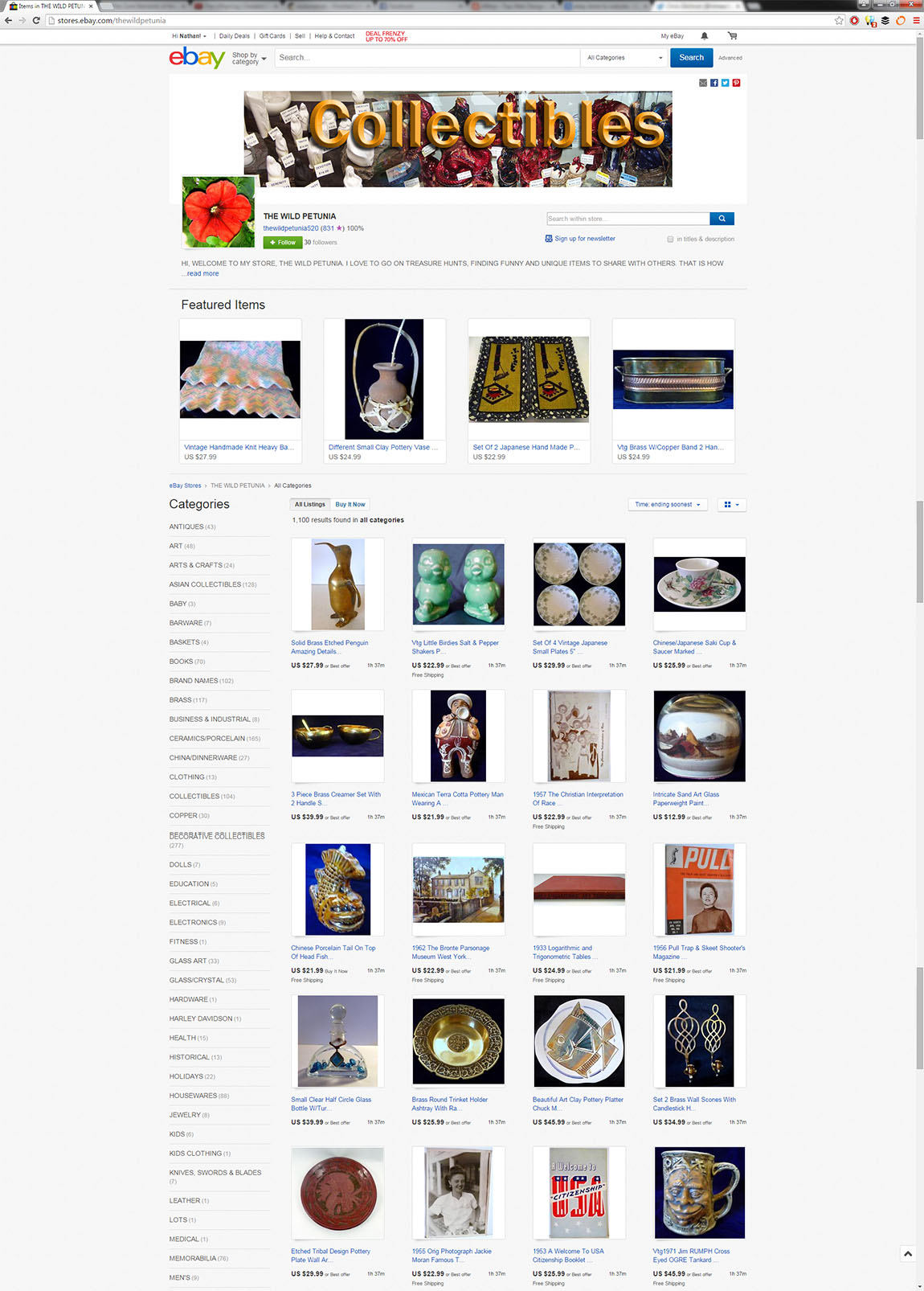
As you can see from the picture – it's a collectibles store with a lot of cool looking stuff!
As you can also tell – there are a lot of pictures and categories that needed to be transitioned over as well.
The Old Website
Our client already had a website in place; however, it was in need of a face lift, plus it did not have any eCommerce functionality.
Here’s what the website used to look like:

As you can see, it’s kind of dark – our client is a happy person, but you wouldn't be able to tell from this dark theme. Also, some formatting was a little funky.
Yet, the biggest problem was that it was not mobile friendly (responsive).
So, it was going to have to change.
The New Website
Below is a picture of the new and improved website – complete with eCommerce functionality! If you would like to see the website in person go to https://thewildpetunia.com!
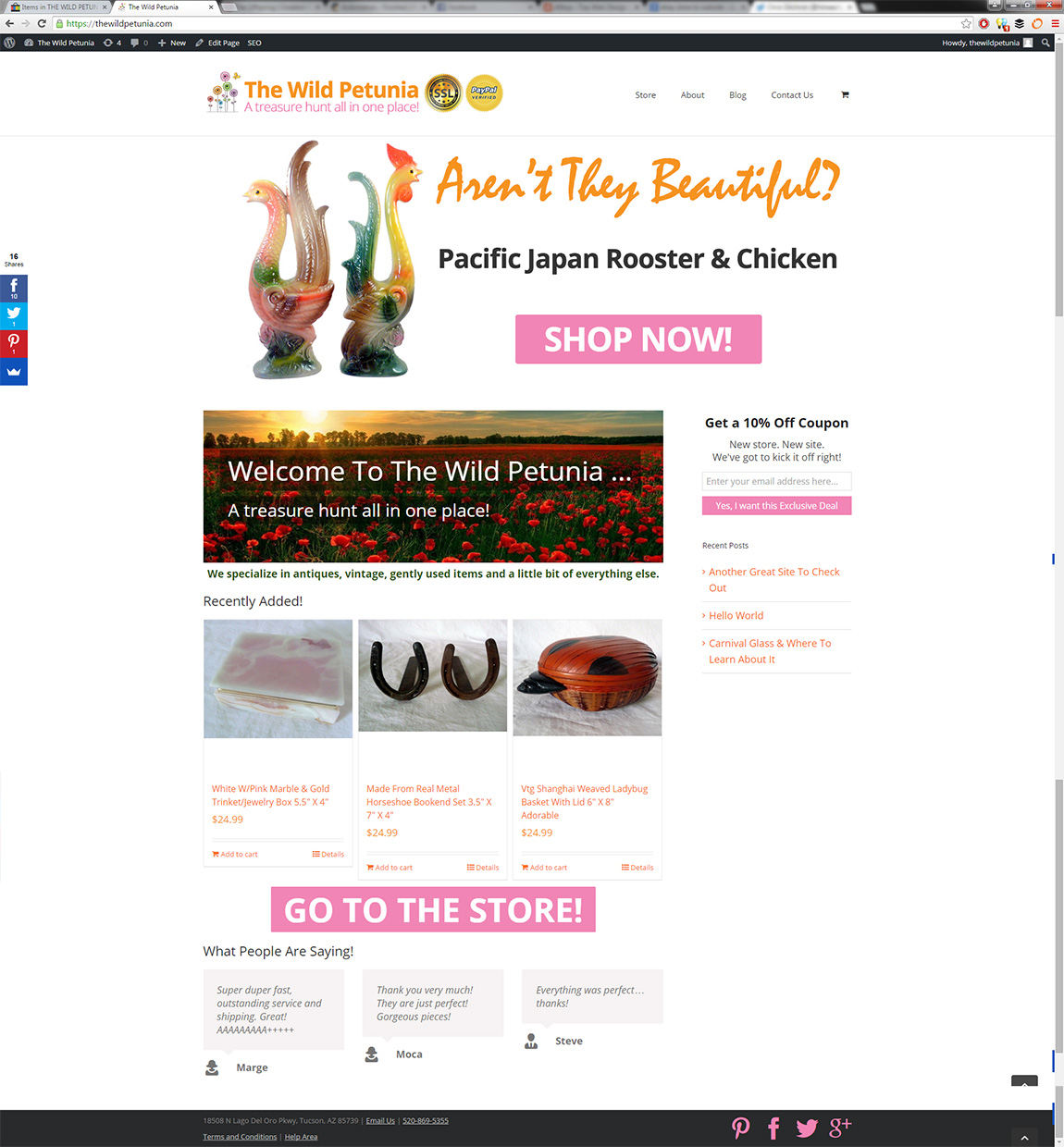
As you can tell – a LOT has changed … and I’ll be getting into those changes … right, about, now!
What Changed?
Before I get into what all we used and why – let me start off by stating what did not change –
Our client was running WordPress – which is what we use, so we kept it in place.
Our client had a few posts and pages already in place – we kept the content; however, we cleaned up some of the formatting.
Everything else – was changed.
Web Host
Our client was originally hosted on a shared hosting account – which, given the sheer volume of products and images – would probably not have cut it.
She kept the same host (because they're good and they're who we actually recommend), but she upgraded her hosting package to a more robust one that could better handle running her store.
She hosts with StableHost and opted for the En-Basic Plan (Note: use coupon code CrazyEyeMarketing for 40% off).
SSL
Our client wanted to have the option to accept credit cards directly on her site instead of having her customers have to checkout through PayPal.
We recommended Stripe to her – which is a fantastic credit card processing company, but – it does require that the website have SSL – so, she had to add that to her hosting package.
WordPress Setup
Theme
We changed her theme over to the very popular Avada Theme by Theme-Fusion.
What's New?
This part is going to be fun, because about 90% of it is new!
eCommerce Setup
Since our client was running WordPress, we opted to use the best eCommerce plugin for it – which is WooCommerce.
The best part is – it's free! (kinda)
WooCommerce, on it's own, is fairly stripped down.
Sure, it can host a store; however, you'll probably want a few more features that handle things like shipping, credit card handling, taxes, display, and more.
And in order to make it do all of those extra things – you'll wind up forking over a little bit of cash; HOWEVER, in comparison to an eCommerce store that's hosted by a 3rd party that charges you on a monthly basis (like Shopify) – a few extra dollars up front winds up being a much better deal.
The Additional WooCommerce Plugins We Added
Some of these were/are free, others were/are not:
- Offers for WooCommerce – gives people the option to offer a price other than the one that is listed. Kind of like making a bid on eBay
- Stripe for WooCommerce – allows people to pay with credit cards directly on the site
- WooCommerce USPS Shipping – interacts with the USPS website in order to automatically calculate shipping costs based on weight, size, address, and more
- Import from eBay to WooCommerce – I will talk more about in the “How'd We Move Everything Over” portion of this post
- WooChimp – I will talk more about in the Email Automation portion of this post
How'd We Move Everything Over?
Our client had over 50 categories and 1,000 products listed on eBay.
I hoped, and prayed, that there was a plugin that was going to be able to help transition everything over from eBay to her site – and thankfully, there was!
Import from eBay to WooCommerce is well worth the investment for anyone looking to make the switch.
While it did take about 14 hours for it to pull everything over – it was much faster than a human could ever do it.
It pulls over all of the categories, products, images, descriptions, measurements, and a few other things.
So, that's how we moved an entire eBay store over to a WooCommerce store.
Email Automation
Email is everything.
It's the most direct way to interact with your customers.
Not to mention, our client already had an email list of over 600 paying customers already!
Sure, there are people that say “email marketing is dead!” – and sure, it's not as effective as it was way back in 2005; however, when you compare it to ANY other form of advertisement – it can't be beat.
In knowing this, our client knew she wanted to be on top of her email marketing game – which is why we added the WooChimp plugin.
This plugin connects her WooCommerce store to MailChimp (our favorite email list service).
So, whenever she has a new paying customer – MailChimp knows and can send an email, automatically, thanking them for their purchase – while recommending complementary products!
It also tells MailChimp important details like – what the individual purchased, how much it cost, when the purchase was made, etc.
Everything you'd ever want to know.
Other Email Automation
So, I've already discussed the portion where if someone purchases a product – but, what about everyone else?
As you probably saw from the picture of the new site – we've added an opt-in form to the sidebar that offers an extra 10% off any order.
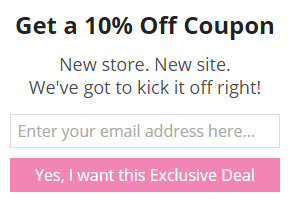
There's also an “exit intent” popup that makes the same offer.
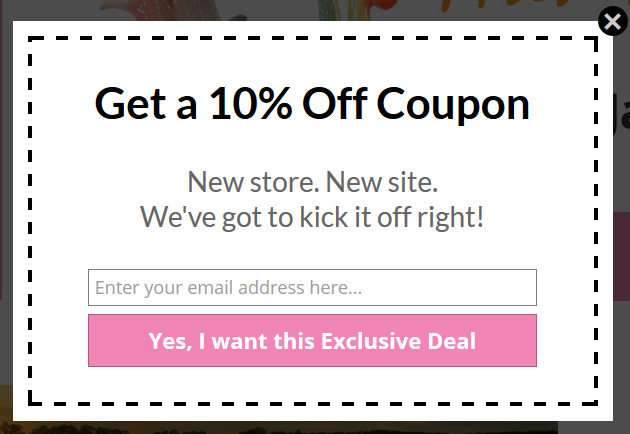
Now, when people enter their email address, they're automatically sent a 10% off coupon as well as a follow up series that converts them into paying customers!
We generated the two opt-in forms with a plugin called OptinMonster – which is an incredibly awesome plugin that we highly recommend!
Other Plugins
Besides all of the plugins that we installed to make WooCommerce and email automation function the way our client wanted – we installed a few other plugins to help tie everything together.
- All In One SEO Pack – helps make all of the pages, posts, and product listings search engine friendly
- EWWW Image Optimizer – our client has well over 10,000 images … which is a TON! Needless to say, we still wanted her website to be as quick as a whip and having uncompressed images would have bogged it down. EWWW Image Optimizer helps by automatically optimizing images as their uploaded – making the file size smaller while maintaining the image size.
- Gravity Forms – the BEST forms plugin for WordPress. It's running on her Contact Us page as well as a survey page that is sent to paying customers
Conclusion
While there are certainly benefits to having a store on eBay – mainly the fact that people can easily find you via eBay's search function – there are also many disadvantages – look, feel, you don't “own” your store, eBay fees, hard to build a following, etc.
It's always nicer to have your own place compared to renting or borrowing.
And as you can see, it's not difficult to move everything from an eBay store to a WooCommerce store – it just takes a few plugins and a little bit of time!

